CARING WITH FAMILY
|
| The level of affection a dog breed tends to show towards family members or familiar individuals varies greatly. Certain breeds display a reserved nature offering their loyalty and affection almost exclusively to their primary caregiver. On the other hand, some breeds are the canine equivalent of social butterflies exuberating warmth and friendliness to anyone they recognize essentially treating all acquaintances as if they're their best friend. |
LOVE WITH CHILDREN
Unwise
Good With Children
|
| The degree to which a dog breed can gracefully handle the antics and energy of kids along with its inherent suitability for family life is of paramount importance. It's always wise to keep a watchful eye on interactions between dogs and young kids, as well as children of any age who aren't accustomed to being around our canine friends. |
BEHAVIOR WITH DOGS
Unwise
Good With Other Dogs
|
| The natural affability of certain dog breeds towards their canine counterparts is noteworthy. While supervision is crucial during any dog-to-dog meetings, many breeds exhibit an inherent propensity for amiability, whether mingling at the local park or within the comfort of your home. |
SHEDDING LEVELS & MANAGEMENT
No Shedding
Hair Everywhere
|
| Anticipate the amount of fur and hair a particular breed is likely to shed. Breeds known for heavy shedding will require more regular grooming have a higher chance of activating specific allergies and often necessitate more frequent vacuuming and use of lint rollers to keep your living spaces clean. |
COAT GROOMING STANDARDS
|
| Consider the regularity with which a breed needs bathing, brushing, trimming or other forms of coat upkeep. Reflect on the amount of time, patience and financial resources you're willing to allocate for such grooming tasks when evaluating the necessary effort. Remember, nail trimming is a routine maintenance activity that all breeds require. |
DROOLING INTENSITY
Less Likely to Drool
Always Have a Towel
|
| The tendency of a breed to drool significantly is an important factor to consider. If you're someone who prefers things tidy and clean, you might want to think twice about choosing a dog prone to leaving trails of drool on your arms or large damp patches on your clothing. |
COAT STYLES GUIDE |
| Smooth |
| COAT SPECTRUM |
| Short |
FRIENDLINESS
Reserved
Everyone Is My Best Friend
|
| The level of friendliness a breed typically shows towards unfamiliar people varies greatly. Certain breeds may display a reserved or cautious demeanor around strangers consistently, irrespective of the setting. On the flip side, there are breeds that are always eager and delighted to greet a new face whenever the opportunity arises. |
LIVELINESS
Only When You Want To Play
Non-Stop
|
| The level of playfulness a breed maintains beyond its puppy years can vary. While some breeds remain exuberant about games like tug-of-war or fetch well into their senior years, others will mostly prefer lazy days lounging on the couch beside you. |
VIGILANCE INTENSITY
What's Mine Is Yours
Vigilant
|
| The propensity of a breed to signal the presence of strangers is a trait to consider. Such breeds are more attuned to respond to perceived threats, which could range from the mail carrier to a squirrel darting past the window. Generally, these dogs are inclined to become friendlier toward strangers once they enter the home, especially if they see their family welcoming them. |
ADAPTATION CAPACITY
Lives For Routine
Highly Adaptable
|
| The adaptability of a breed to change is worth noting. This encompasses their ability to adjust to different living environments, variations in noise levels, shifts in weather, alterations in the daily routine and other everyday fluctuations in life. |
OBEDIENCE LEVEL
Self-Willed
Eager to Please
|
| The ease of training your dog and its eagerness to embrace new lessons is a key consideration. Certain breeds are naturally inclined to please their owners and thrive on learning new commands, while others display a more independent streak preferring to follow their own whims and desires on their own timetable and turf. |
STAMINA LEVEL
|
| The level of physical activity and mental engagement required by a breed is crucial to understand. Breeds bursting with energy are always on the move anticipating their next escapade with enthusiasm expect them to be running, leaping and engaging in play continuously. On the other hand, low-energy breeds are the equivalent of canine couch potatoes contented to just laze about and nap for most of the day. |
VOCALIZATION
|
| Frequent |
LEARNING CURIOSITY LEVEL
Happy to Lounge
Needs a Job or Activity
|
| The mental stimulation required for a breed to remain content and in good health can vary. Purpose-bred dogs, specifically those with jobs that involve decision-making, problem-solving, concentration, and similar qualities, have a higher need for mental exercise. Without sufficient intellectual stimulation, these dogs may take it upon themselves to create activities that keep their minds occupied. Unfortunately, these self-initiated projects may not align with your preferences or be desirable. To avoid this, it is essential to provide appropriate mental challenges and activities to keep your purpose-bred dog mentally engaged and satisfied. |
| COLORS |
|
Description
|
Registration Code
|
|
Fawn & Rust
|
085
|
|
Black & Rust
|
015
|
|
Black & Tan
|
018
|
|
Chocolate & Tan
|
072
|
|
Red
|
140
|
|
Stag Red
|
193
|
|
Chocolate & Rust
|
233
|
|
Blue & Tan
|
044
|
|
Blue & Rust
|
042
|
|
Fawn (Isabella) Stag Red
|
523
|
|
Chocolate Stag Red
|
522
|
|
Blue Stag Red
|
521
|
|
Fawn (Isabella) & Tan
|
317
|
|
| PATTERNS |
|
Description
|
Registration Code
|
|
White Markings
|
014
|
|
Self-colored nose
|
443
|
|
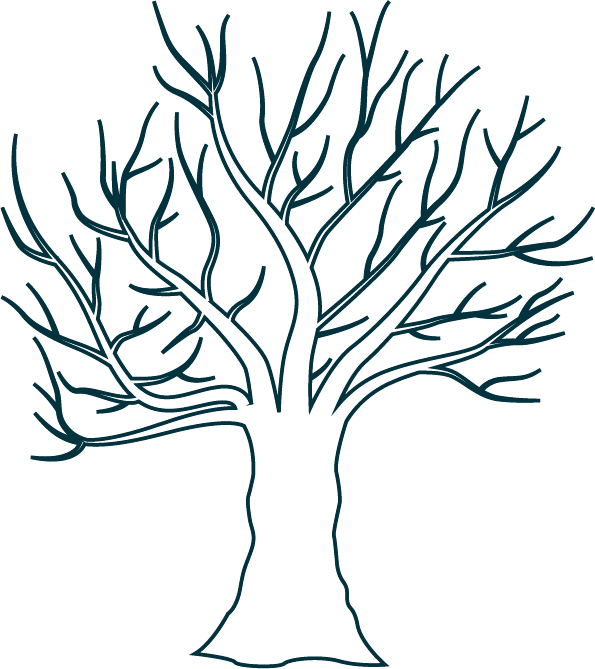


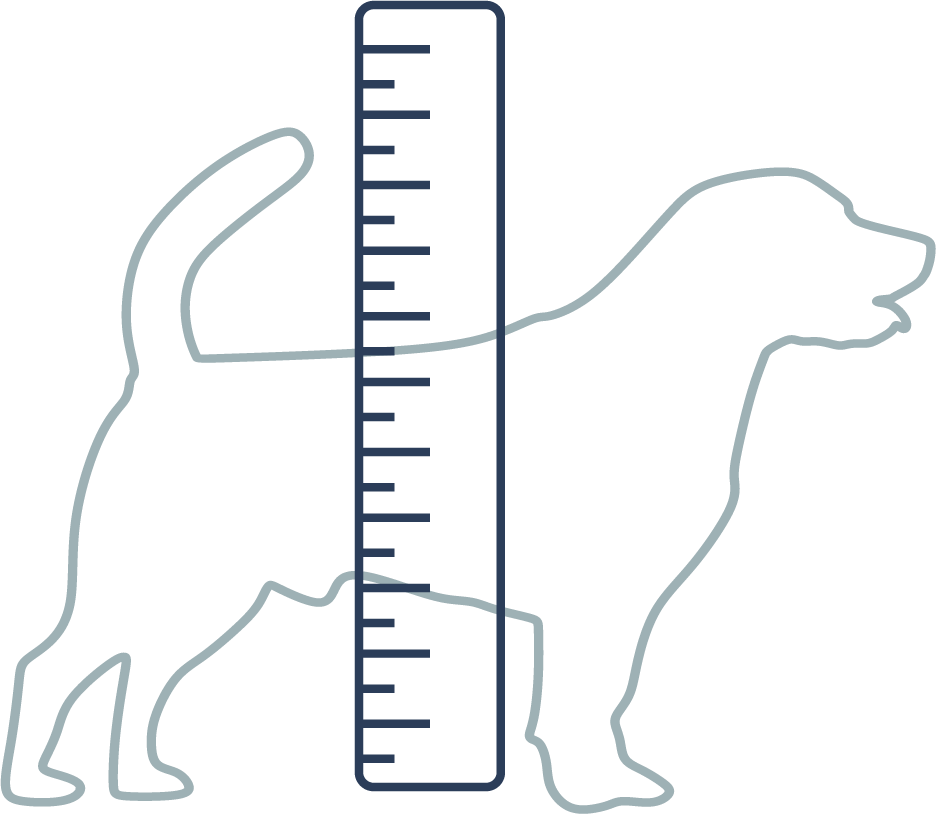
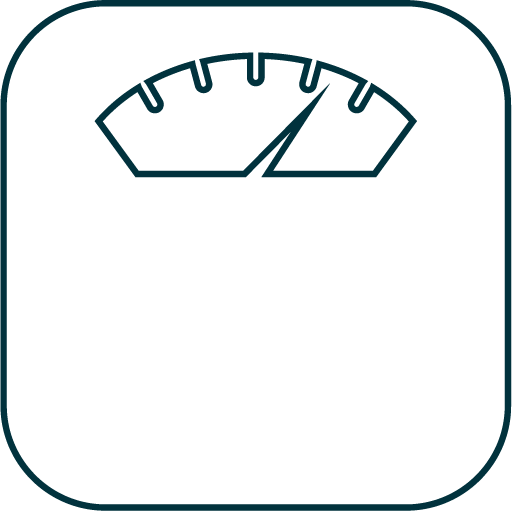

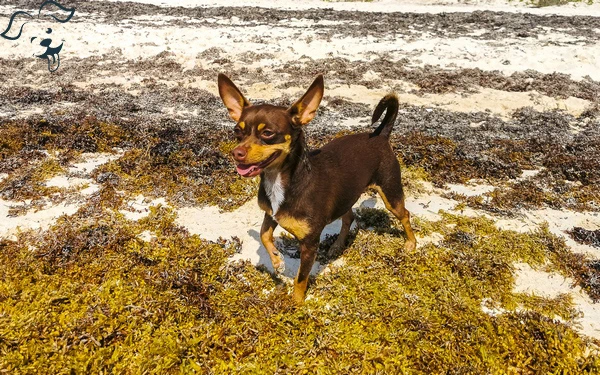
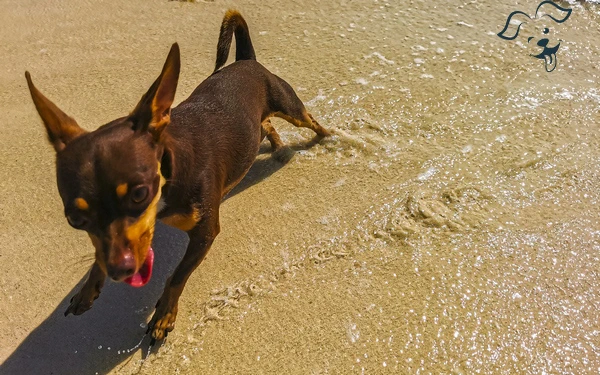
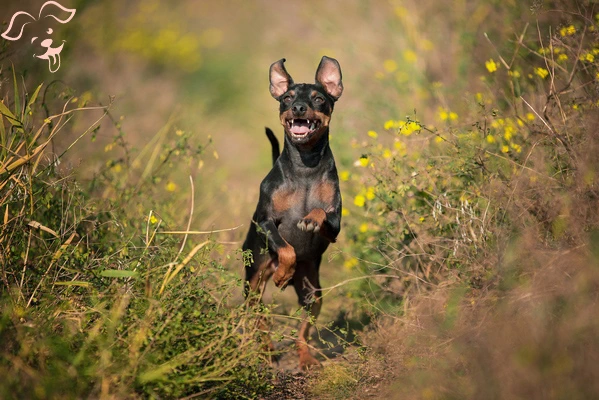
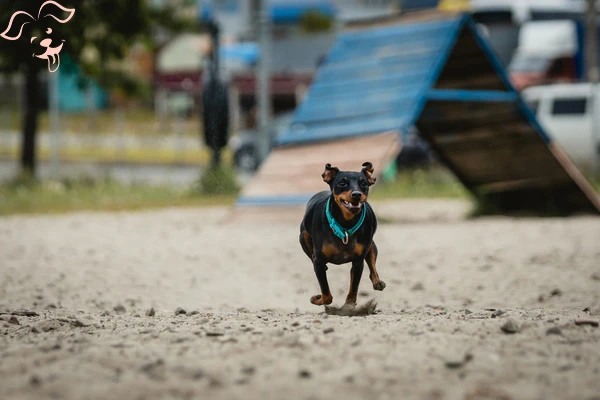


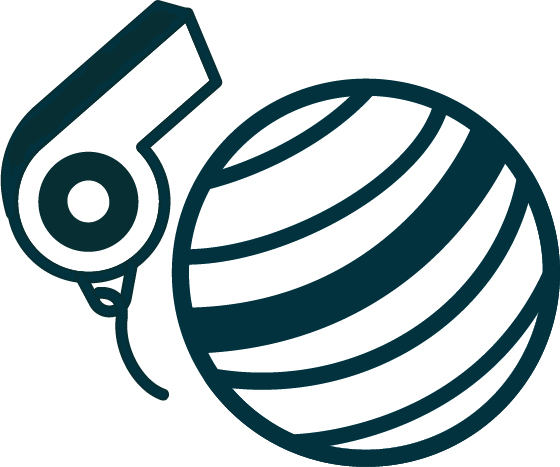
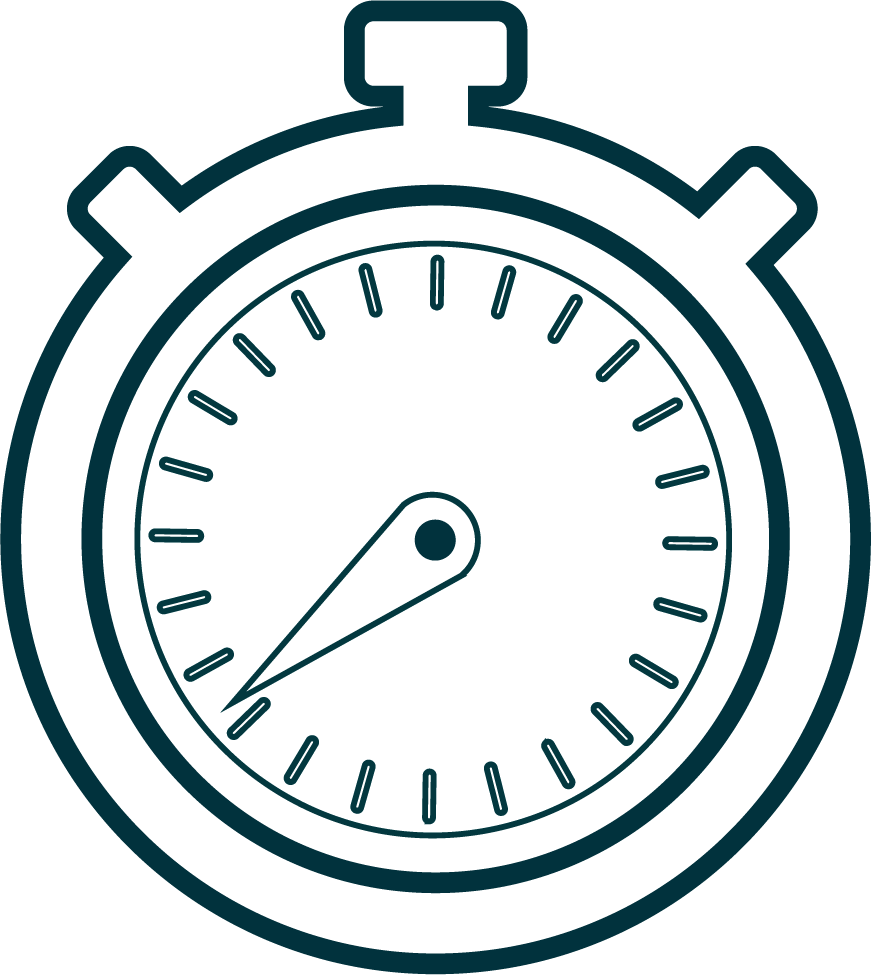
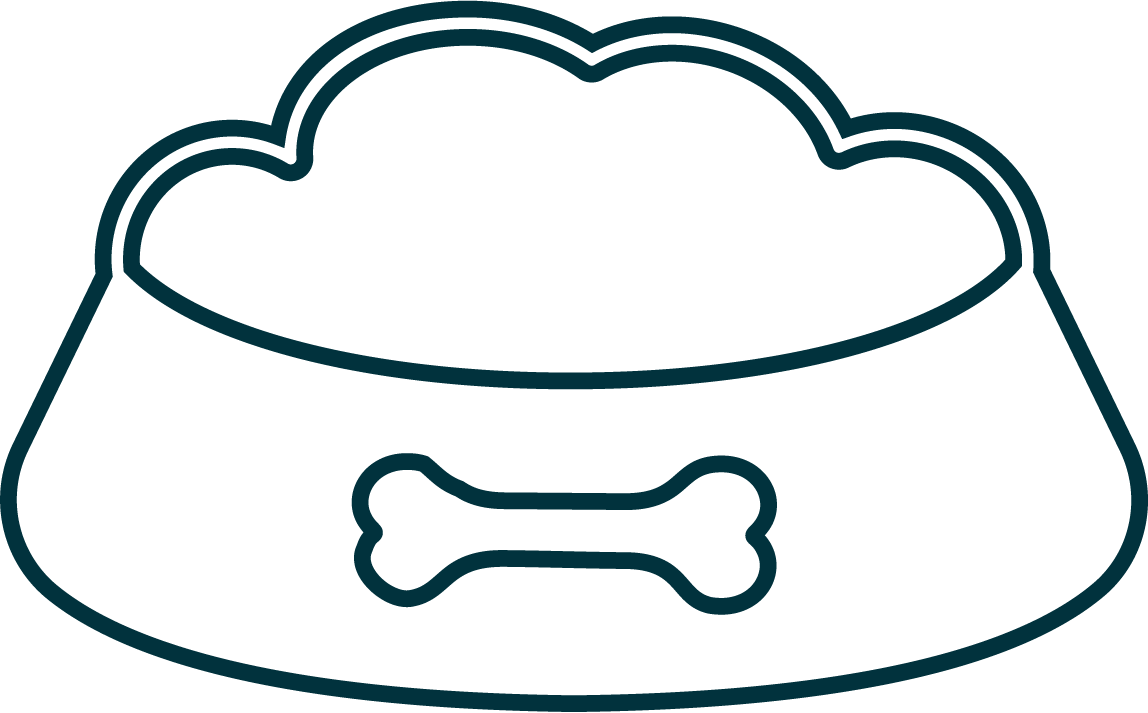

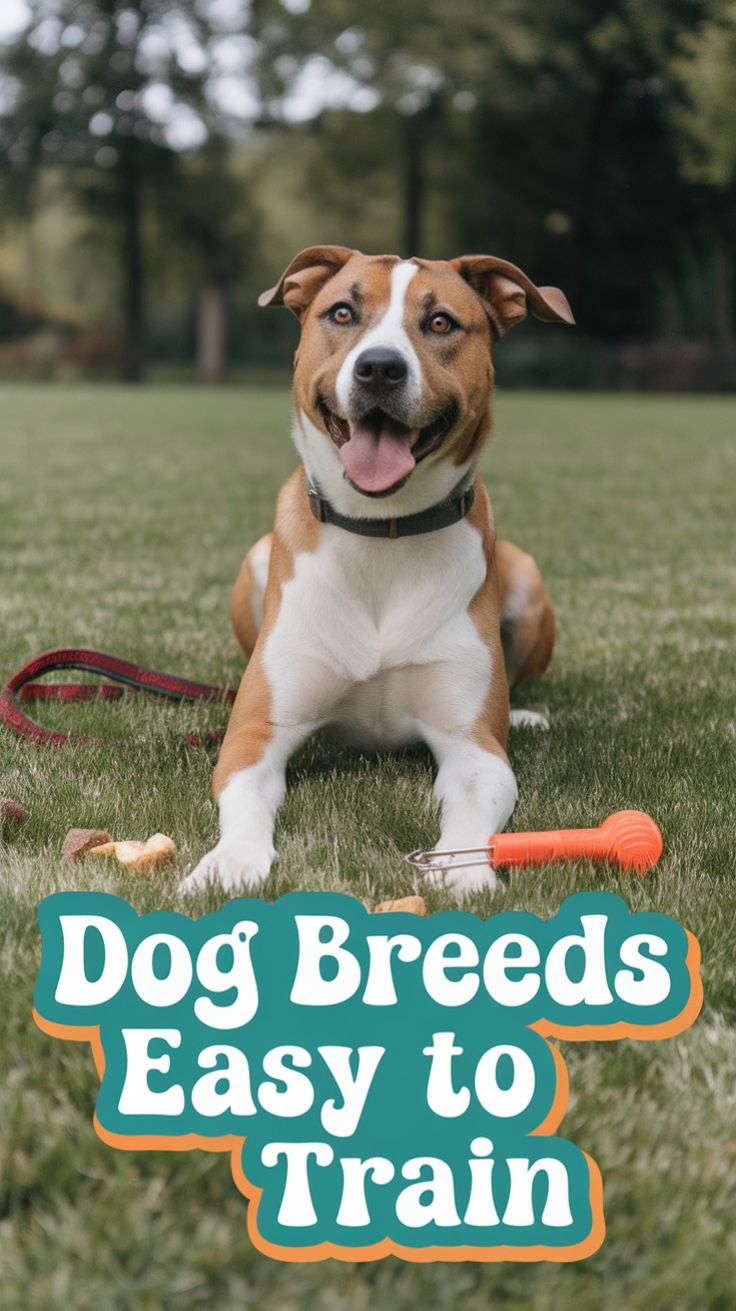
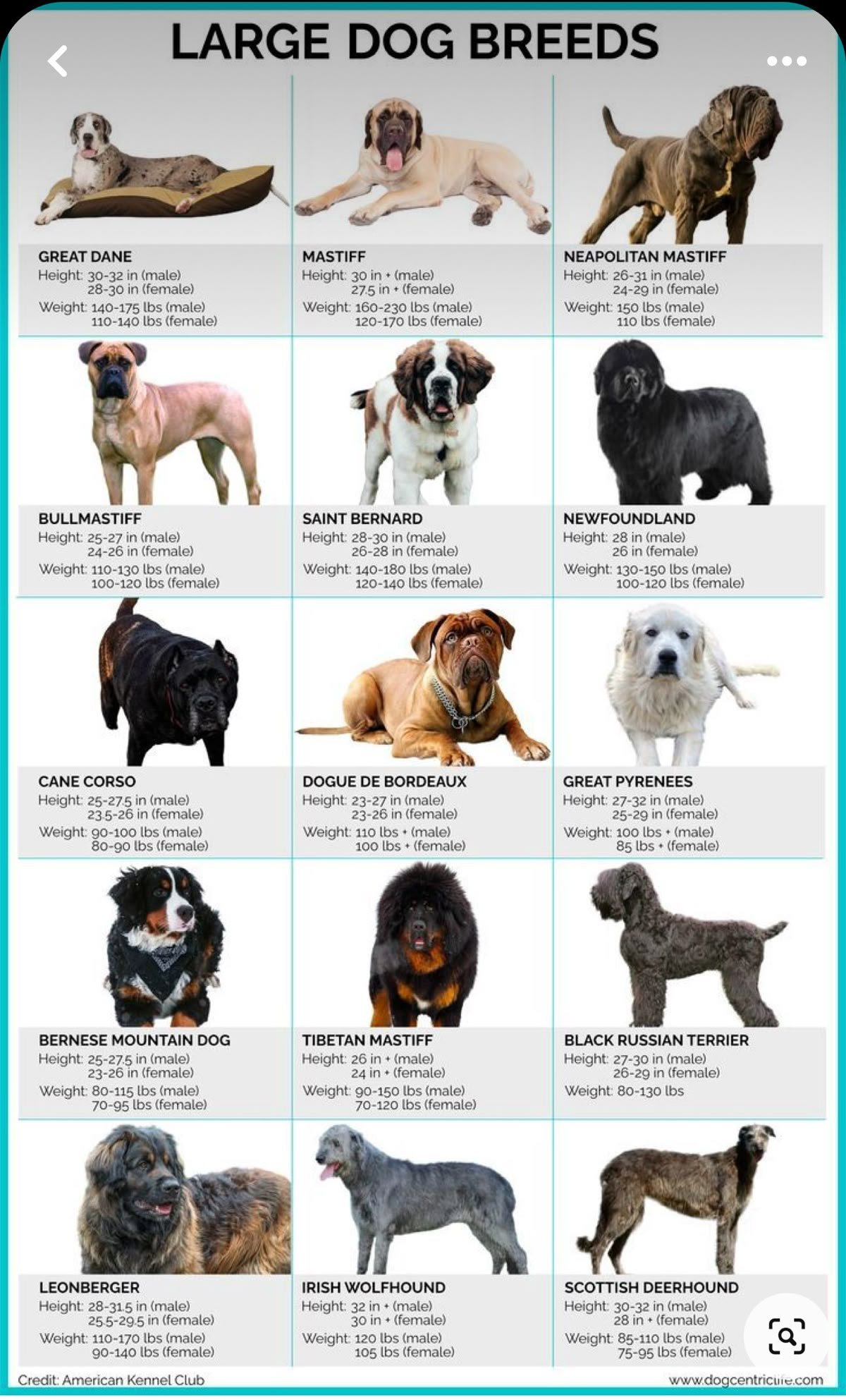



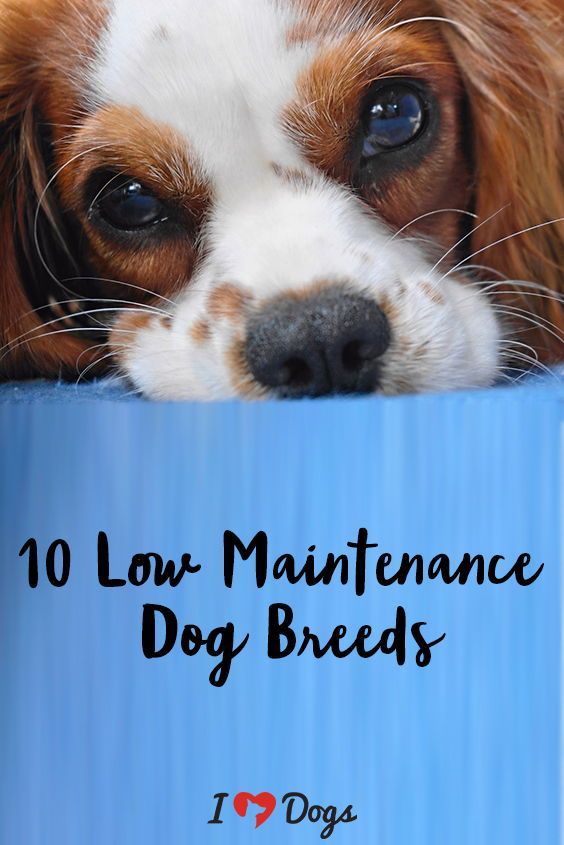


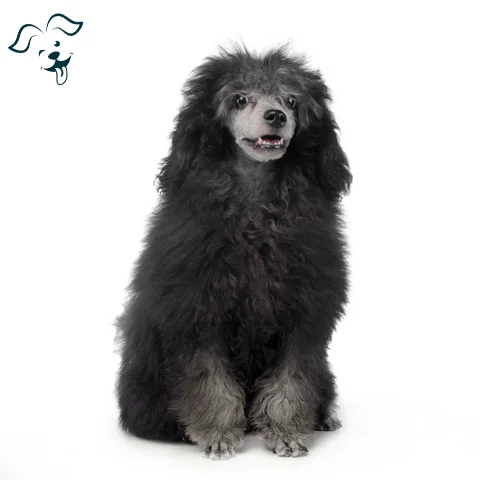
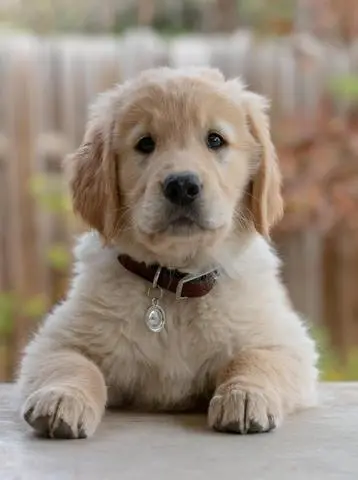

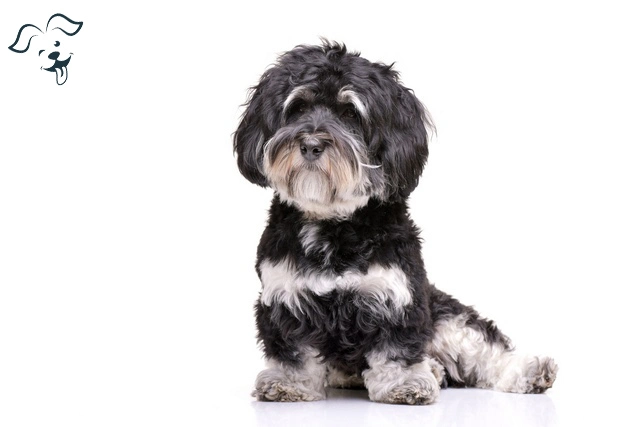
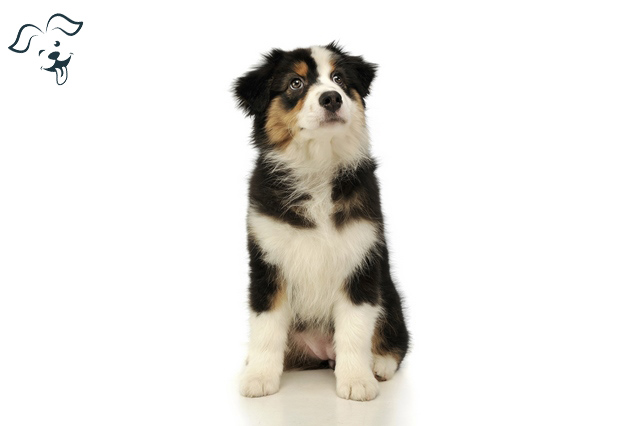

FRIENDLINESS
LIVELINESS
VIGILANCE INTENSITY
ADAPTATION CAPACITY